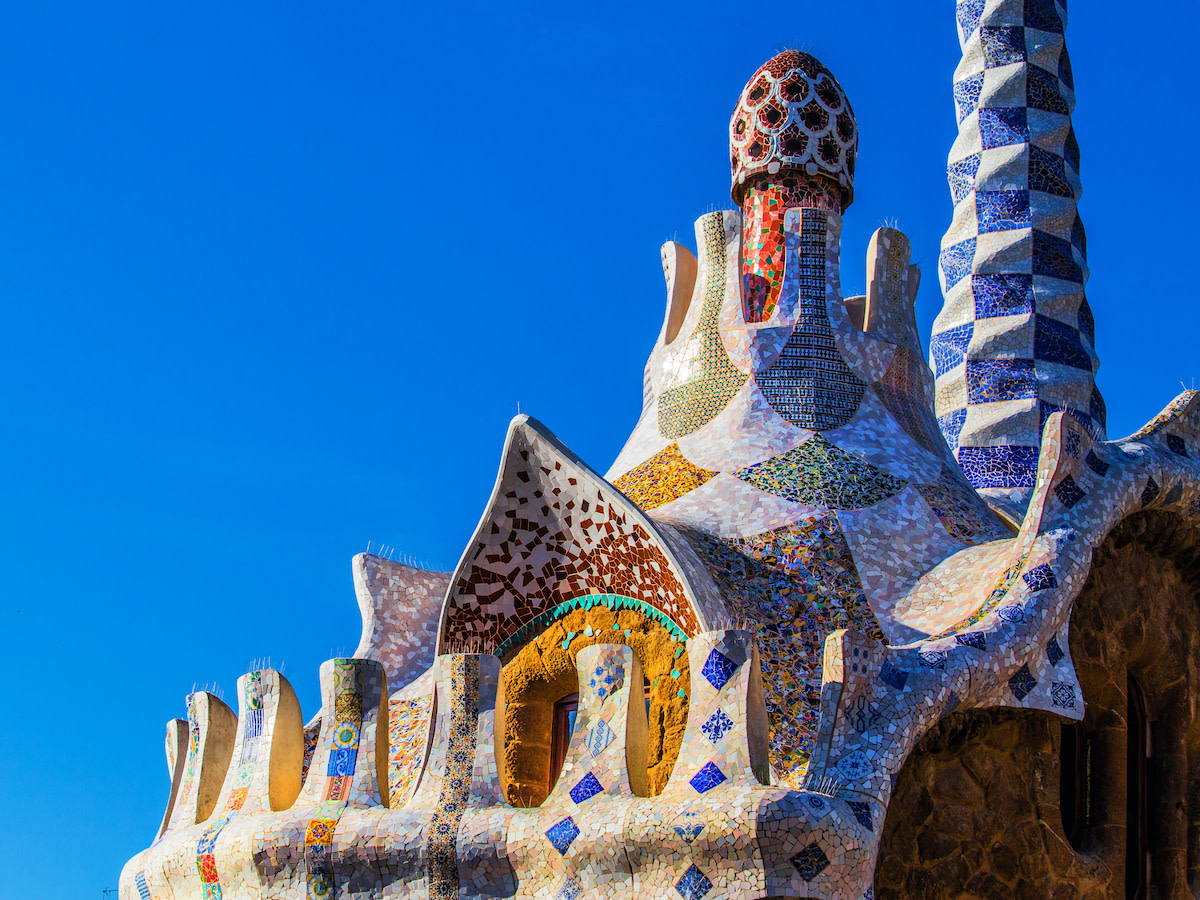Antoni Gaudí: A Guide To Antoni Gaudí’s Architectural Style
Written by MasterClass
Last updated: Jun 7, 2021 • 4 min read
Inspired by his strong faith and love for nature, architect Antoni Gaudí developed new techniques to construct his visionary buildings in Spain.
Learn From the Best
Who Was Antoni Gaudí?
Antoni Gaudí was a Spanish architect who designed innovative buildings throughout the late nineteenth and early twentieth centuries. He was influenced by neo-gothic styles, art nouveau, and modernisme, also known as Catalan modernism. Gaudí’s architectural style was ahead of its time, involving sophisticated designs that are impressive even by today’s standards. Between 1984 and 2005, seven of Gaudí’s buildings were designated as UNESCO World Heritage Sites.
A Brief Biography of Antoni Gaudí
Antoni Gaudí was born on June 25, 1852, in the town of Reus in Catalonia, Spain. He was afflicted by rheumatism during his childhood and spent much of his time alone. In 1875, Gaudí began four years of compulsory military service. His poor health allowed him to spend the majority of that time studying, and he graduated from the Provincial School of Architecture in 1878.
Gaudí first displayed a showcase of his work in 1878 at the Paris World’s Fair. In 1879, the Barcelona City Council gave Gaudí his first commissioned work designing lampposts in a town square called Plaça Reial. Gaudí dedicated his life to his craft, designing and constructing over a dozen buildings. Some of his buildings were still unfinished when, on June 7, 1926, he was struck by a tram on his way to church. He died three days later.
3 Characteristics of Antoni Gaudí’s Architectural Style
Gaudí’s unique style has inspired generations of architects. A few characteristics define his work:
- 1. Vivid colors and textures: Gaudí designed vibrant, multi-color buildings using ceramic mosaic tiles and stained glass. He also mixed together materials like wrought iron and sandstone in surprising ways.
- 2. Natural, organic designs: Nature inspired Antoni Gaudí from an early age. Many of his buildings feature biomimicry, a design style that mimics shapes and patterns found in the natural world. He developed building technology for hyperboloid structures that curve as they extend upwards, mimicking trees or caves.
- 3. Religious imagery: Gaudí reflected a great pride in the Roman Catholic tradition through his buildings, many of which are decorated with biblical images. He viewed his reverence for the natural world as an extension of his faith. Gaudí’s immense faith, creativity, and genius inspired his contemporaries to call him “God’s architect.”
5 Iconic Buildings Designed by Antoni Gaudí
Antoni Gaudí’s most influential buildings changed the trajectory of architectural history.
- 1. The Basilica de la Sagrada Família: Also known as The Basilica and Expiatory Church of the Holy Family or simply the Sagrada Família, this massive building in Barcelona remains unfinished to this day. Gaudí began work on the project in 1882. The church features a transept in the shape of a cross, double aisles, an ornate nativity façade, and towers that reach 170 meters high. When Antoni Gaudí died in the early twentieth century, the church was only a quarter of the way completed. He was buried in the crypt underneath the church. In 2010, Pope Benedict XVI consecrated the building as a basilica.
- 2. Casa Milà: Also known as La Pedrera or “the stone quarry,” this Barcelona building was Antoni Gaudí’s last residential work in the early twentieth century. A wealthy widow named Roser Segimón and her new husband Pere Milà commissioned the building in 1906, and Gaudí finished it in 1912. Casa Milà includes wrought iron balconies and a self-supporting stone façade that flows in endless waves around the building. The rooftop features six skylights and 28 chimneys made out of brick.
- 3. The Episcopal Palace of Astorga: Bishop Joan Baptista Grau i Vallespinós commissioned this church in 1889 after the previous Episcopal Palace burned to the ground a few years prior. Gaudí created a neo-gothic architectural design to celebrate Astorga’s medieval history, using granite stone and elaborate stained glass windows. After the bishop died in 1893, Gaudí resigned from the project, leaving the upper floor and roof incomplete. Spanish architect Ricardo Garcia Guereta oversaw its completion a decade later. It is one of only three buildings that Antoni Gaudí created outside of Catalonia.
- 4. Palau Güell and Parc Güell: Gaudí’s primary patron, the industrialist Eusebi Güell, commissioned the project in the center of Barcelona. While the exterior of the Palau Güell mansion features gray stone, the interior is more elaborate with a parabolic dome in the central hall. The mansion also includes looming archways and a horse stable in the basement with large, unusual pillars. Gaudí used light and space in new ways to make the most of every room in this mansion. For Parc Güell, Gaudí adorned the landscape with mosaics, sculptures, and fountains.
- 5. Casa Batlló: In the early 1900s, Josep Batlló, a wealthy Barcelona businessman, hired Antoni Gaudí to tear down and rebuild this house. Gaudí convinced him that a renovation would be more appropriate. Gaudí expanded rooms for additional light, added skylights and archways, and redecorated the entire façade with colorful broken ceramic tiles.
Ready to Tap Into Your Artistic Abilities?
Grab the MasterClass Annual Membership and plumb the depths of your creativity with the help of modern artist Jeff Koons, abstract artist Futura, and stage designer Es Devlin. Our exclusive video lessons will teach you to do things like utilize color and scale, explore the beauty in everyday objects, and so much more.
